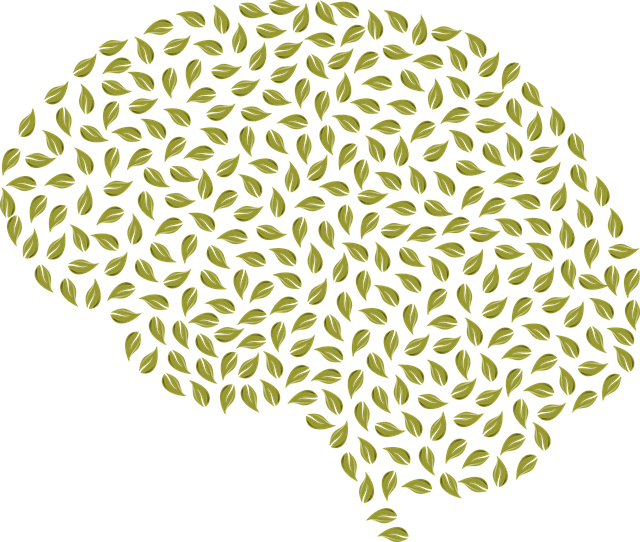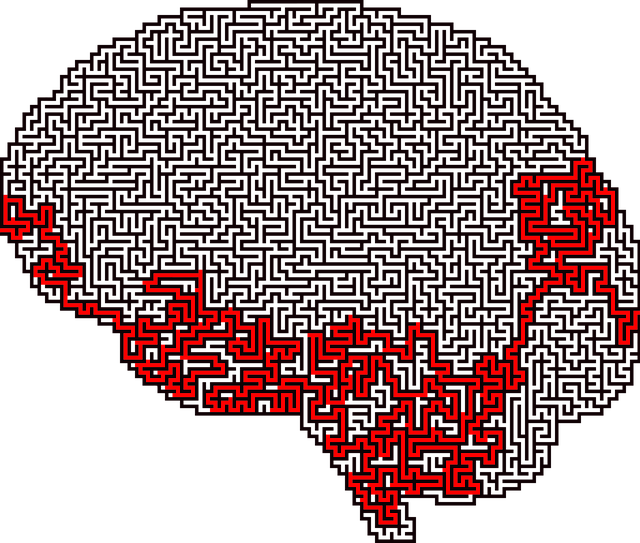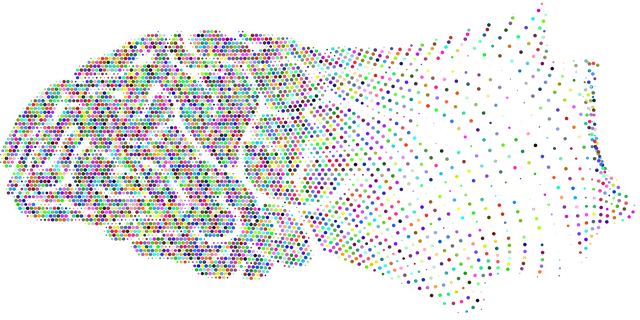Mental health data analysis involves integrating diverse sources like clinical records, surveys, wearable devices, and setting-specific data, utilizing various collection methods from traditional to advanced. Preprocessing steps ensure data integrity, facilitating a comprehensive understanding of mental health trends across demographics, including mindfulness practices. Therapy evaluation combines numerical metrics with qualitative interviews for adolescents and teenagers, revealing unique neurodevelopmental challenges and tailoring interventions. Advanced analytics enable personalized therapy programs, improving outcomes for adults, teens, and adolescents by identifying individual patterns, integrating self-care, and enhancing education strategies.
Mental health data analysis is a burgeoning field, crucial for understanding and improving therapeutic outcomes. This article delves into the intricacies of interpreting mental health data, exploring key aspects from collection and preprocessing to advanced techniques assessing therapy effectiveness. We focus on identifying patterns and trends specifically in adolescent and teen populations, highlighting practical implications for personalized care. By examining these factors, we aim to enhance our approach to therapy for adults, adolescents, and teens alike.
- Understanding Mental Health Data: Collection and Sources
- Preprocessing and Cleaning Data for Accurate Analysis
- Techniques for Therapy Effectiveness Assessment
- Identifying Patterns and Trends in Adolescent and Teen Populations
- Practical Implications and Future Directions for Personalized Care
Understanding Mental Health Data: Collection and Sources

Understanding Mental Health Data involves recognizing the diverse sources and methods through which it is collected. These include clinical records from therapy sessions for adults, adolescents, and teenagers, surveys measuring mental health awareness and emotional regulation, as well as data from wearable devices tracking physiological indicators related to stress and mood. Primary care settings, specialized clinics, schools, and online platforms all contribute to this data, reflecting the multifaceted nature of mental health experiences.
The collection methods range from traditional self-report questionnaires to more advanced techniques like observational studies and neuroimaging. This rich array of data sources enables a comprehensive view of mental health trends, allowing researchers and professionals to better understand and address issues related to Emotional Regulation in various demographics. Moreover, as Mindfulness Meditation gains popularity, its integration into data collection provides valuable insights into alternative approaches to mental wellness.
Preprocessing and Cleaning Data for Accurate Analysis

Before diving into mental health data analysis, a crucial step is preprocessing and cleaning the data to ensure accurate and meaningful interpretations. This involves several critical tasks. Firstly, identifying and handling missing values is essential, as they can significantly skew results. Imputation techniques or removing records with excessive missing data may be employed, depending on the nature of the information.
Secondly, data normalization and standardization are vital to harmonize different measurement scales. This process ensures that variables measured on varying levels, such as symptoms severity or treatment outcomes, can be compared fairly. Furthermore, addressing outliers is critical for maintaining data integrity. Outlier detection methods help identify unusual values, which might result from data entry errors or truly exceptional cases, and appropriate actions can then be taken to handle them. These preprocessing steps lay the groundwork for reliable analysis, facilitating insights into therapeutic interventions like therapy for adults, adolescents, and teens, as well as evidence-based practices such as Stress Management Workshops Organization, Compassion Cultivation Practices, and Mindfulness Meditation.
Techniques for Therapy Effectiveness Assessment

Evaluating therapy effectiveness is a multifaceted process that goes beyond simple metrics. For adults, adolescents, and teens alike, therapists employ diverse techniques to assess progress. One powerful method involves self-reported questionnaires, where individuals rate their symptoms’ severity and overall well-being over time. These tools provide insights into treatment response, with standardized measures allowing for meaningful comparisons across clients and conditions.
Additionally, clinical interviews and observations offer qualitative data. Therapists may use structured or semi-structured formats to explore changes in thinking patterns, emotional states, and behaviors. Integrating these quantitative and qualitative approaches enhances understanding of therapy effectiveness, guiding adjustments in treatment strategies and fostering more tailored interventions for optimal mental wellness, as highlighted in the Mental Wellness Podcast Series Production and Mental Wellness Coaching Programs Development.
Identifying Patterns and Trends in Adolescent and Teen Populations

In the realm of mental health data analysis, one of the most critical aspects is identifying patterns and trends within specific demographics, such as adolescents and teenagers. This age group often presents unique challenges due to the rapid changes occurring in their brains and lives during these formative years. By meticulously analyzing collected data, researchers can uncover valuable insights into the prevalent mental health issues, risk factors, and protective factors among young people. For instance, through this process, they may identify rising rates of anxiety and depression, highlighting the need for early intervention strategies tailored to this population.
Understanding these trends is crucial for developing effective therapy for adults, adolescent, and teens. Incorporating evidence-based practices such as compassion cultivation practices and stress reduction methods can be particularly beneficial. By recognizing that stress management is a key concern among this demographic, mental health professionals can design programs that address these issues head-on. Such proactive measures ensure that adolescents and teenagers receive the support they need to navigate their challenges, fostering resilience and promoting overall well-being.
Practical Implications and Future Directions for Personalized Care

The analysis and interpretation of mental health data offer profound practical implications for personalized care. By leveraging advanced statistical techniques and artificial intelligence, healthcare providers can gain deeper insights into individual experiences and behaviors, enabling them to design therapy programs tailored to specific needs. For instance, this approach is transforming the landscape of therapy for adults, adolescents, and teens by identifying unique patterns that may be missed through conventional methods. This level of personalization enhances treatment efficacy, leading to better outcomes and improved quality of life.
Looking ahead, future directions in mental health data analysis suggest integrating self-care practices and stress reduction methods into personalized care plans. By combining patient data with evidence-based interventions, healthcare professionals can create comprehensive support systems that empower individuals to take charge of their mental well-being. Additionally, the design of mental health education programs can be enhanced by leveraging data insights to create engaging, targeted content that promotes mental health literacy and fosters resilient coping strategies in diverse populations.
Mental health data analysis is a powerful tool to enhance our understanding of therapy effectiveness across different demographics, especially in adolescents and teens. By employing robust techniques for data interpretation, we can identify patterns and trends that inform personalized care strategies. As we navigate the landscape of mental health support, leveraging these analytical methods ensures we cater to the unique needs of adults, adolescents, and teens, fostering better outcomes and a brighter future for all. With continuous advancements in data collection and analysis, the potential to revolutionize therapy approaches is within our grasp.










